The Thermal Scanner Market is currently characterized by a dynamic competitive landscape, driven by technological advancements and increasing demand across various sectors, including healthcare, manufacturing, and security. Key players such as FLIR Systems (US), Hikvision (CN), and Testo AG (DE) are strategically positioning themselves through innovation and regional expansion. FLIR Systems (US) focuses on enhancing its product portfolio with advanced thermal imaging technologies, while Hikvision (CN) emphasizes integrating AI capabilities into its thermal solutions. Testo AG (DE) is leveraging partnerships to expand its market reach, collectively shaping a competitive environment that prioritizes technological sophistication and customer-centric solutions.
In terms of business tactics, companies are increasingly localizing manufacturing to reduce costs and enhance supply chain efficiency. The market appears moderately fragmented, with several players vying for market share. However, the collective influence of major companies like Raytheon Technologies (US) and Bosch Security Systems (DE) is notable, as they drive innovation and set industry standards, thereby influencing smaller competitors and shaping market dynamics.
In August 2025, FLIR Systems (US) announced the launch of its latest thermal imaging camera, which incorporates advanced AI algorithms for enhanced accuracy in temperature measurement. This strategic move is significant as it not only reinforces FLIR's commitment to innovation but also positions the company to meet the growing demand for precise thermal solutions in various applications, including industrial inspections and safety monitoring.
In September 2025, Hikvision (CN) unveiled a new line of thermal cameras designed specifically for smart city applications. This initiative reflects Hikvision's strategy to capitalize on the increasing trend towards urbanization and the need for integrated security solutions. By aligning its product offerings with the smart city initiative, Hikvision is likely to strengthen its market position and appeal to municipal clients seeking advanced surveillance technologies.
In July 2025, Testo AG (DE) entered into a strategic partnership with a leading software company to develop a cloud-based platform for thermal data analysis. This collaboration is pivotal as it not only enhances Testo's product capabilities but also aligns with the growing trend of digital transformation in the thermal scanning sector. By integrating software solutions with hardware, Testo is poised to offer comprehensive solutions that meet the evolving needs of its customers.
As of October 2025, the Thermal Scanner Market is witnessing trends such as digitalization, sustainability, and the integration of AI technologies. Strategic alliances among key players are increasingly shaping the competitive landscape, fostering innovation and enhancing product offerings. Looking ahead, it is anticipated that competitive differentiation will evolve, with a shift from price-based competition to a focus on technological innovation, reliability in supply chains, and the ability to provide tailored solutions that meet specific customer needs.


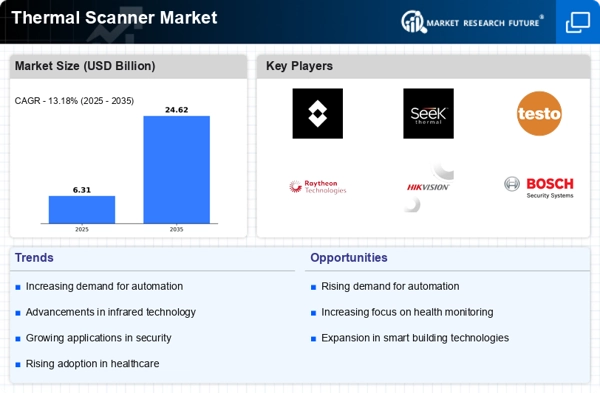
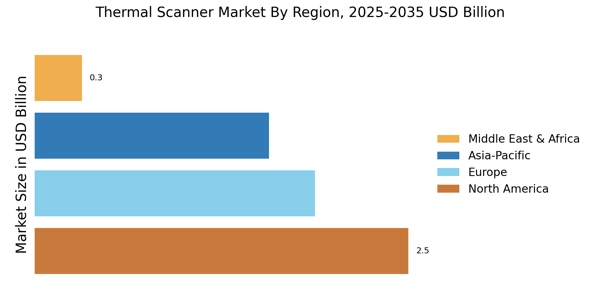
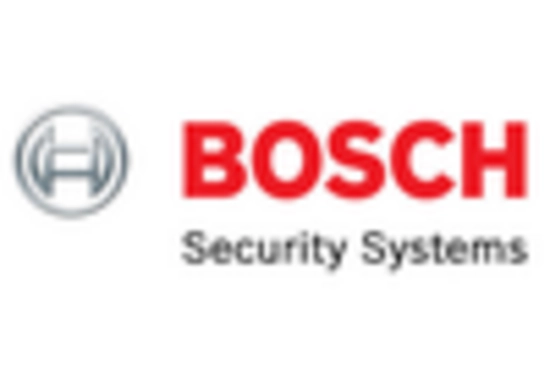
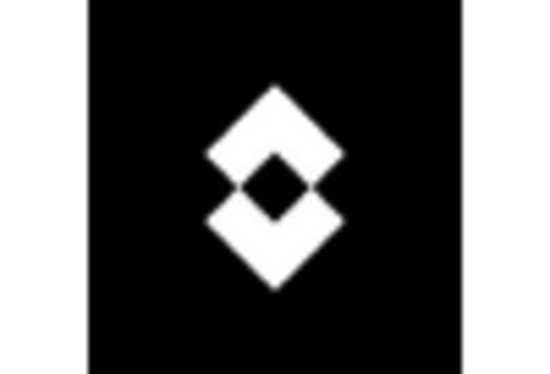
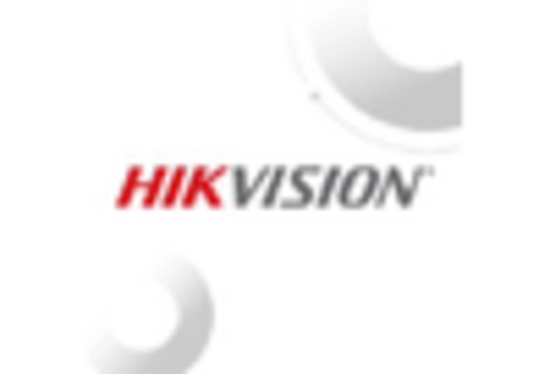

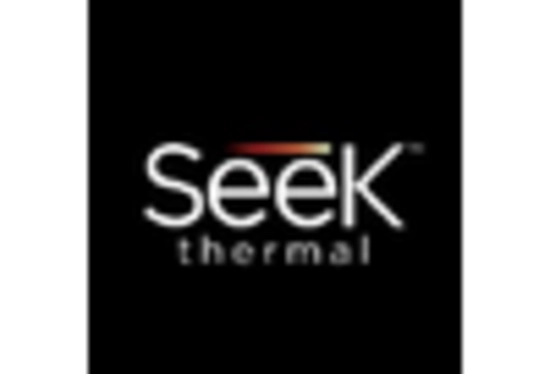
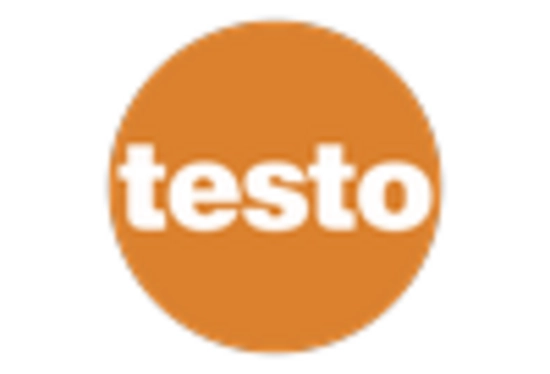








Leave a Comment